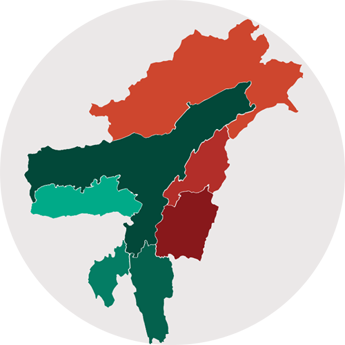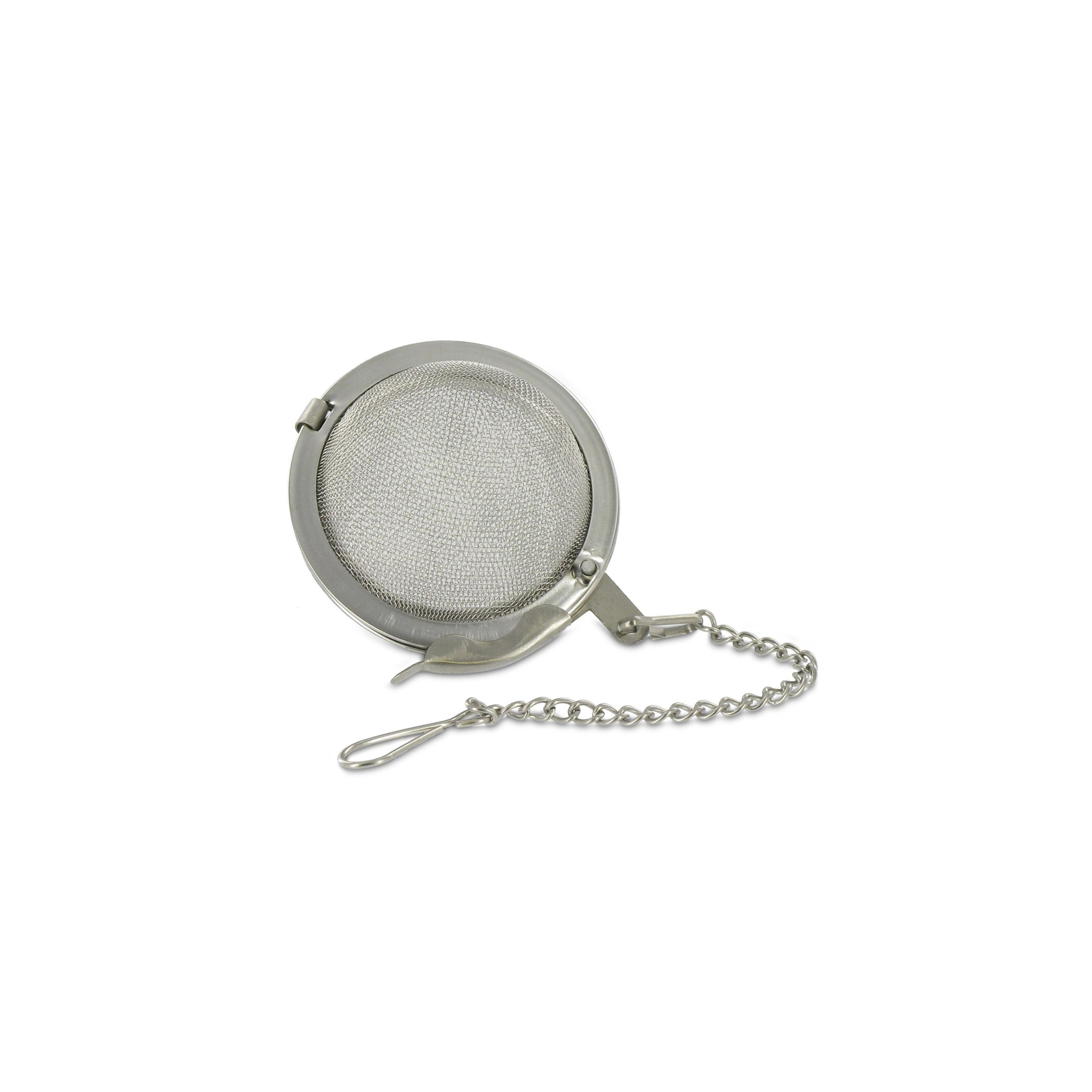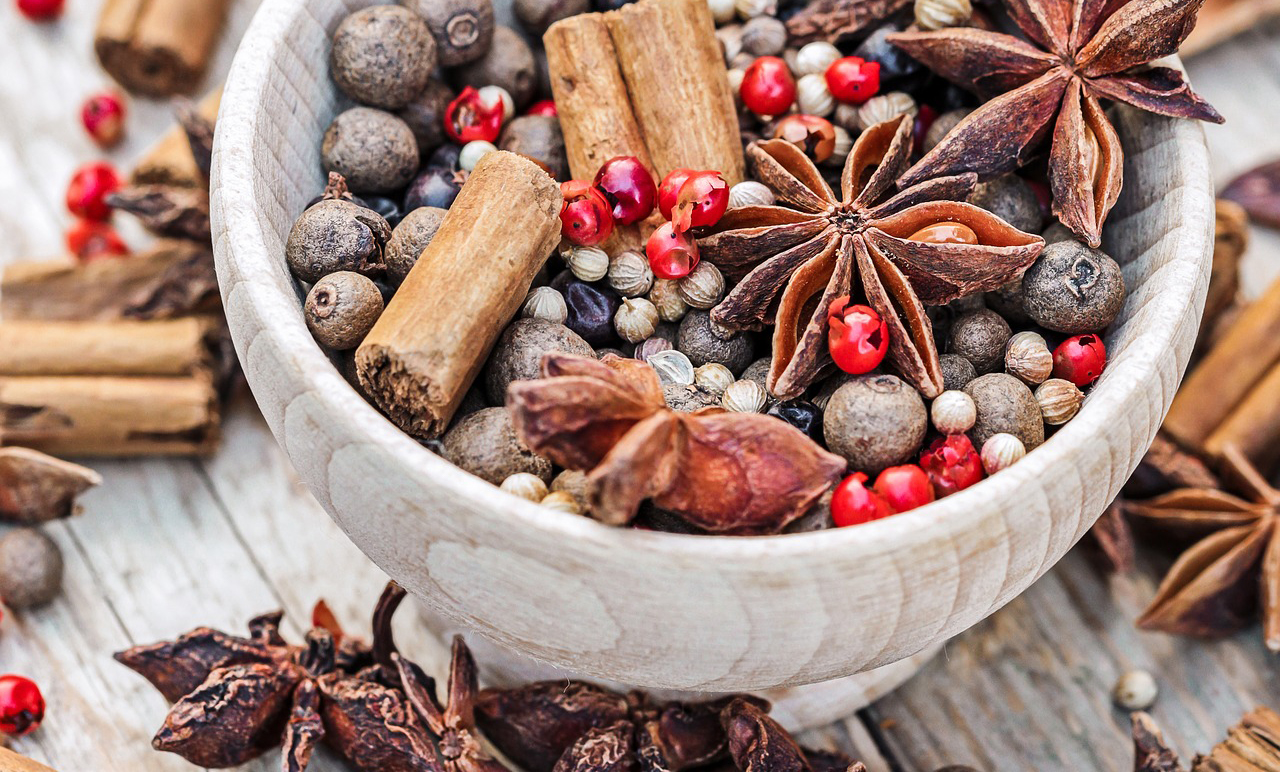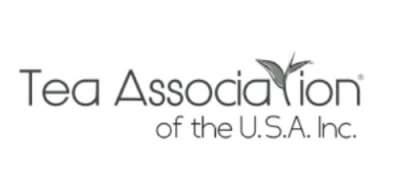The Best Source: Exploring Assam's Tea Industry

Assam
is popular for its quality of tea and the beauty of the tea plantations. The
rolling hills, lush valleys, and charming environment make this region famous
for its tea and ecological hotspots.
Legacy:
Tea
cultivation has been an integral part of Assam's heritage for over two
centuries. Today, Assam stands as the world's largest tea-producing region,
yielding an impressive 600 million kilograms of tea annually. In 2019, Assam
accounted for a significant share of both domestic (51%) and global (11%) tea
production. Notably, over 15 million kilograms of Assam tea are exported to the
United States alone, highlighting its global appeal and demand.
Uniqueness:
Nestled
between the Himalayas in the north and the undulating river valleys of
northeastern India, Assam boasts a unique variant of the Camellia Sinensis
plant known as Assamica. The region's combination of high humidity, moderate
precipitation, and warm temperatures provides an ideal environment for this
glossy green tea variety to thrive. The Assamica plant can grow up to 30 to 60
feet if left unattended, producing significantly larger leaves, some reaching
up to 8 inches in length.
For
those interested in delving deeper into the origin, classification, and
geological context of tea, we invite readers to explore this exclusive blog
here.
This blog offers detailed insights not commonly found in standard
literature on tea, providing a comprehensive understanding of the tea
industry's intricacies.
The
Assamica leaf variety is renowned for producing robust, malty black teas,
distinct to the Assam region. In contrast, teas from other regions like North
India and West Bengal are often crafted from different tea plant variants,
primarily Chinese varieties. For an in-depth exploration of tea plant
nomenclature and classification, we encourage readers to explore the Scientific
Paper available in the blog section of this website.
For an in-depth exploration
of how was tea discovered in Assam, we encourage readers to explore this
exclusive blog.
The
Tea Sectors
The
tea industry is bifurcated into organized and unorganized sectors. The
organized sector boasts over 800 tea estates in Assam, while the unorganized
sector comprises small tea growers who supply their green leaves to tea
factories. It's important to note that these small tea growers are distinct
from the small tea holdings listed on the TeaOrb eMarketplace. There are
approximately 1,25,484 small tea growers with land holdings below 10.12
hectares, contributing significantly by producing 48% of the total green tea
leaves in Assam.
Livelihood
and Accessibility:
The
tea industry stands as India's second-largest employer, supporting over 3.5
million jobs nationwide. In Assam alone, there are approximately 1.2 million
permanent workers directly employed in the tea industry, with a notable
majority being women. These skilled women excel in the intricate task of tea
leaf plucking, showcasing their dexterity and expertise.
Tea
producers in the organized sector employ various channels to market their
produce. These include public auctions, direct sales from the factory through
one-to-one deals, and exports either directly or through merchant exporters.
This diverse approach ensures accessibility to a wide range of markets and
opportunities within the tea industry.
Marketing Channels:
The practice of public tea auctioning dates
back more than 150 years, with the inaugural auction in India taking place on
December 27, 1861. Assam conducted its first auction on September 25, 1970,
where the initial lot from Haroocharai
Tea Estate was purchased by Jafar Ali,
owner of Diamond Tea Company in Jorhat, upper Assam. Efforts to establish such
auction centers had been ongoing since the 1960s, driven by significant demand
from local tea planters. Responding to this demand, the Assam government
inaugurated an auction center in Guwahati on August 11, 1970, appointing former
chief secretary Dharmanda Das as its first chairman. In its inaugural year,
this center sold 9.1 million kg of tea at an average price of Rs 5.68 per kg or ¢68.
Initially held at a guest house of Nehru Stadium, the auction center now stands
at the heart of Guwahati City, adjacent to the State Secretariat Complex,
boasting state-of-the-art infrastructure.
Reforms in recent times, spearheaded by the Tea
Board of India, introduced e-auction and settlement banking to modernize the
age-old tea auction system. The public auction system in Assam comprises 1,240
producers (known as Garden Marks), 9 brokers, 348 buyers, and 127 warehouses,
facilitating the sale of up to 204 million kilograms annually. Traditional
sourcing methods, involving the purchase of entire lots through established
procurement systems, typically involve larger quantities ranging from 55 pounds/25kgs
to 88 pounds/40kgs bag sizes, with minimum purchase quantities ranging from
1,764 pounds/800kgs to 1.5 tons. Bulk tea sourced through this established system is
priced between $5 to $14 per kilogram or 35 ounces as the current landed cost
to importers. Producers place significant trust and reliance on the auction
system, with most sending 100% of their produce through this channel. In the
modern tea auction system, factory managers often have limited involvement
beyond the production phase. Once the teas are loaded onto trucks from
factories to warehouses, it is primarily the producers who receive updates and
notifications, such as a text message confirming the money's transfer to their
accounts within 45 days of the auction's conclusion.
Since
Government of India policies mandate that fifty percent of the tea produced in
Assam go through a robust quality check before auction, TeaOrb acts as an
additional sales channel. It bridges the gap for small tea holdings producing
specialty teas and for producers from the organized sector who already have a
benchmark in public auctions and are now exploring farm-direct channels. This
endeavor upholds the sustainability program proposed by TeaOrb, which is based
on realities specific to Assam. Furthermore, TeaOrb caters to socially
conscious connoisseurs and tea businesses worldwide. They play a crucial role
in appreciating and relishing the dedication and hard work involved in crafting
the perfect cup of tea.
Due
to limited visibility, Assam tea is currently available only in select outlets,
creating a gap between producers and buyers, especially for small tea farmers.
Technical and procedural constraints prevent small tea farmers producing
specialty teas from participating in public auctions. In response to this
challenge, TeaOrb pioneered a portal platform, placing small tea holdings and
businesses at the forefront for the first time.
While
bulk sourcing from the established system may be suitable for some enterprises,
it may not be viable for smaller businesses due to minimum order quantities.
TeaOrb believes in providing an A to Z tea experience for everyone, ensuring
that their products and services are accessible to all. Their offerings are
tailored to suit small businesses looking to kickstart their tea ventures.
Latest Update in the Indian Tea Industry:
A recent development in the Indian tea industry
is the Tea (Marketing) Control (Amendment) Order, 2024. This amendment, set to
be enforced from April 1, 2024, mandates that 100% of dust-grade tea
manufactured within a calendar year in designated manufacturing units across
the geographical areas of Northeast India, including states like Arunachal
Pradesh, Assam, Meghalaya, Mizoram, Nagaland, Sikkim, Tripura, and selected
regions in North India and West Bengal, renowned for their fruity Aromatic
Darjeeling tea, must be sold through public tea auctions.
It's important to note that this regulation
does not apply to mini tea factories operated by small tea farmers. Countries
such as Sri Lanka and Kenya have already reported success in auctioning 100% of
dust-grade tea, setting a precedent for this industry-wide shift in India.
Tea in India: Navigating
Historical Contexts Amidst Calls for Minimal Intervention
For all those advocating
for non-intervention and leaving the selling of tea produce entirely to the
producers' discretion, it's essential to understand the historical context and
evolution of the tea industry in India. The genesis of the Tea Board India
dates back to 1903 when the Indian Tea Cess Bill was passed, aiming to promote
Indian tea both domestically and internationally. Initially introduced by the
British to break China's monopoly on tea supply, the cultivation of tea in
India started as a means to cater primarily to foreign markets.
Over time, with changes in
ownership and marketing strategies post-independence, tea became more
accessible and popular among Indians. The transition from British-owned tea
estates to Indian ownership marked a significant shift in the perception and
consumption of tea. The Tea Board of India, replacing the colonial-era
expansion board, promoted tea as a "swadeshi" product, emphasizing
its local significance and appeal.
For those unfamiliar with
the term, 'swadeshi' embodies the ethos of promoting locally-made products and
fostering economic self-sufficiency.
The marketing and
consumption of affordable tea also saw advancements in processing technology,
making tea more economical and appealing to a wider audience. From being a
luxury item associated with British nobility, tea became a beverage enjoyed by
people from all walks of life in post-independence India.
Therefore, while activists
may argue for minimal intervention, understanding the historical trajectory of
tea in India reveals the importance of strategic promotion and support from
governing bodies like the Tea Board in shaping the industry's growth and
accessibility to the masses.
Role of TeaOrb:
TeaOrb, despite facing numerous challenges, is
dedicated to carving out a niche market for small tea farmers. It serves as an e-marketplace,
showcasing unique tea varieties sourced from various corners of Northeast India
and other tea-growing regions. Additionally, TeaOrb offers a range of products,
including spices like organic black pepper, cultivated by these small tea farmers
to diversify and enhance their income streams.
Moreover, TeaOrb is considering the idea of
imparting manufacturing expertise and organic systems to small tea growers.
This initiative aims to empower these farmers who currently sell raw materials,
such as green tea leaves, to established manufacturers. By equipping them with
knowledge and resources, TeaOrb envisions a future where small tea growers can
take their products to market independently, contributing to their
sustainability and growth.
False Propaganda and Facts:
False Propaganda:
Recently, there has been awareness within the Indian Tea Industry about certain
entities attempting to highlight a supposed problem statement regarding the
minimum time required (3 to 4 weeks after production) for tea to be publicly
auctioned.
Reports have surfaced about venture
capital-backed entities and certain sections of the media spreading false
propaganda, particularly about the inferiority of dust tea.
Facts: Contrary to these claims, tea is at its best
when it is freshest. The timeline from farm to cup, if managed well, does not
adversely affect the quality of tea.
Bulk shipments, often exported via sea routes,
can lead to longer transit times, potentially impacting tea freshness. However,
advancements in packaging technology since the 1990s have addressed this issue.
Many producers have quietly implemented innovative packaging solutions,
ensuring tea freshness until the bags are opened.
It's important to note that dust tea is typically a
product of CTC-made teas, with grades determined by size through sorting
machines. While dust tea may be smaller in size, it is the same lot of tea and is inferior only in size, not quality. Its finer particles allow for quicker brewing, making it a popular choice for those seeking a fast infusion without compromising on taste. Similarly, orthodox tea, known for its traditional processing methods, maintains high quality and distinct taste despite varying leaf sizes.
Furthermore, labeling auction brokers as middlemen in the
supply chain is misleading. Brokers play a crucial role in connecting producers
with buyers, facilitating fair transactions and market access. Ignoring their
contributions undermines the efficiency and transparency of the tea industry.
"A brand could be seen to be exploitative, could be seen to be free-riding on the tea industry. If you choose to proceed, ensure there's a fit and that the message is meaningful." said Jayanta Kakati, a former chief executive of the public tea auction in Assam.
Unfortunately, some entities remain ignorant of
these facts and attempt to portray themselves as pioneers of innovation in
packaging and quality. The tea industry veterans often remind us that while
transformation is possible, true revolution is rare. Humility in acknowledging
achievements and advancements is advisable, especially when addressing the
complexities of the tea industry.
Assam
tea's legacy is a testament to centuries of craftsmanship and innovation. From
its unique flavor profile to the dedication of its workforce, Assam tea remains
a symbol of excellence in the global tea industry.













